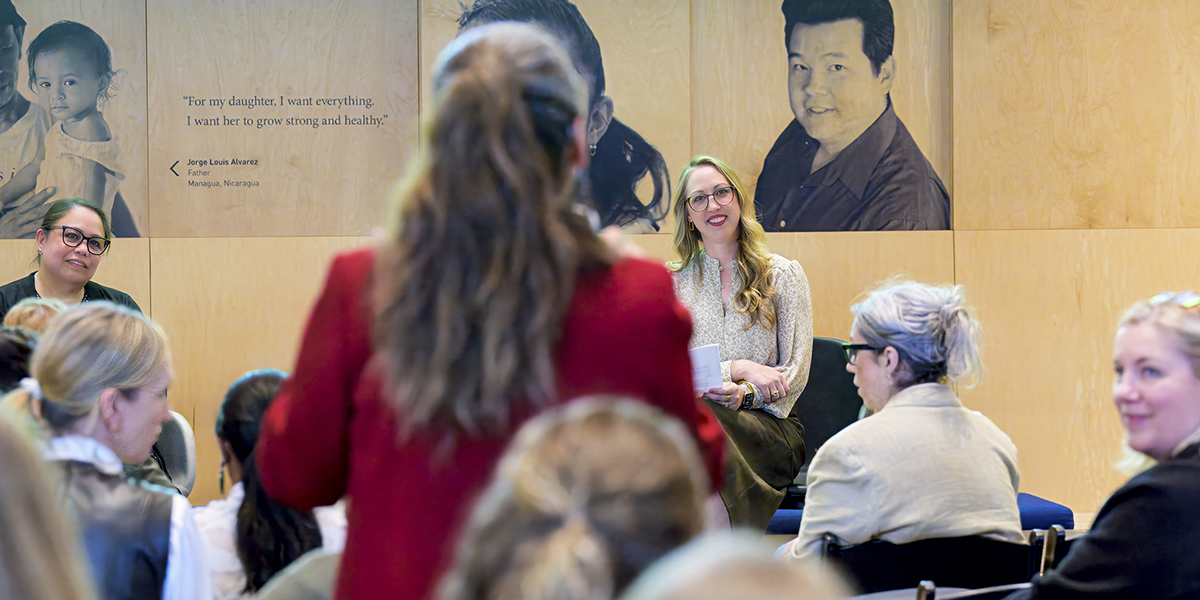Written by: Mike Jensen, VP, Consulting Services at Lions & Tigers
As the coronavirus has spread, the growing fear of its impact on the workplace has resulted in a number of business, large and small, quickly shifting to a remote work approach. While many likely have remote work polices in place for employees, some likely do not, and this head-first dive into virtual work is completely new, different and challenging.
As humans, we want and need personal interactions. One of the key challenges that remote workers face is the sense of loneliness. From sitting down with co-workers to help work through difficult situations, to laughing over lunch about what happened over the weekend. That in-person communication and engagement is in some ways lost when working from home. It is just you, and the accessibility of those teammates to bounce idea off, or grab a coffee with, is suddenly not there.
As a team of consultants and professionals that have embraced remote work, we at Lions & Tigers have experienced this sense of loneliness and, at times, disconnection. Our personal experiences caused us to prioritize Intentional Community as a core value. We know that the feeling won’t ever go away, we have to work at it and be conscious of how we do things to help curb the loneliness and nurture that desire for connections and community with both our team and our clients.
It starts with being intentional with our actions and words, and so we thought we’d share some of the key things we do to help develop a sense of connectedness when working remote.
Use Video – Regardless if you use Microsoft Teams, Slack or Zoom, turn on your video for your meetings. This forces you to look and feel presentable and ready. In addition, it helps keep you focused on the conversation, just like you would be if meeting face to face. Perhaps most importantly, body language and facial expressions are critical to how we communicate, read and react to one another. Video will be a game-changer for your remote workforce.
Note: Be aware of your surroundings for sure, but also be gracious to your teammates and don’t get flustered if a dog barks or a baby cries — that’s life
Start with Questions – Open your meetings with the “2 minute drill” of questions. How are you doing? Is everything going ok? Maybe more importantly, how can I help? Someone might be struggling with some aspect of working from home and you can offer that little bit of assistance to make them more productive.
Virtual Watercooler – Tools like Slack and Teams make it easy to create mini-communities that are topic-driven and can be tailored to how your team wants to work. I would suggest a good mix of both business/operations communities, but also fun communities that can get people laughing. I started a slack channel just for pictures of our team in various “frozen” states on calls. It makes us smile and laugh, which is healthy.
Office Hours – As I mentioned earlier, accessibility of people is a big challenge. You can’t just peek over the cubical to see if Jane is there for a quick conversation. What I’ve done to help create shared learning and be accessible to everyone is schedule a weekly office hours meeting. Anyone who has a question or just wants to listen, or chat with someone, can join in. Sometimes it ends up being a 1:1, and other times we have a group conversation, but being intentional with availability and access to others can really help everyone feel connected.
Visibility on Progress – When working in-person, it can be easier to communicate face to face on how a certain project is moving along, or what activities/actions need to occur next, and get the feedback needed to move ahead. In the remote work world, it’s important to find an alternative to keep everyone updated on status/progress, etc. Here again, leverage technology such as Teams, Planner, Slack, Trello, etc. to create task lists, send status updates, comment and engage. Make that to-do list and progress report available for everyone – and be deliberate about asking for feedback.
Be Active & Engaged – Helping others is contagious. With that, a big part of building this intentional community is making the time to reach out to others, ask and answer questions, engage and celebrate your team. Don’t assume that a co-worker is going chime in, you should chime in or kick off the conversation. Take 30 seconds to reply to a question, post a kudos or ask questions, you are likely not the only one thinking the same thing.
What is important to realize is that the needs you have for collaboration and connection are no different if you are working in an office or at home. The behaviors and actions we take to meet those needs change, but if we are intentional and leverage that wide variety of tools that are available your remote workforce will feel connected and engaged.
Thoughts or comments? Would love to hear what challenges you’ve faced and the things you’ve done to overcome them.








0 Comments